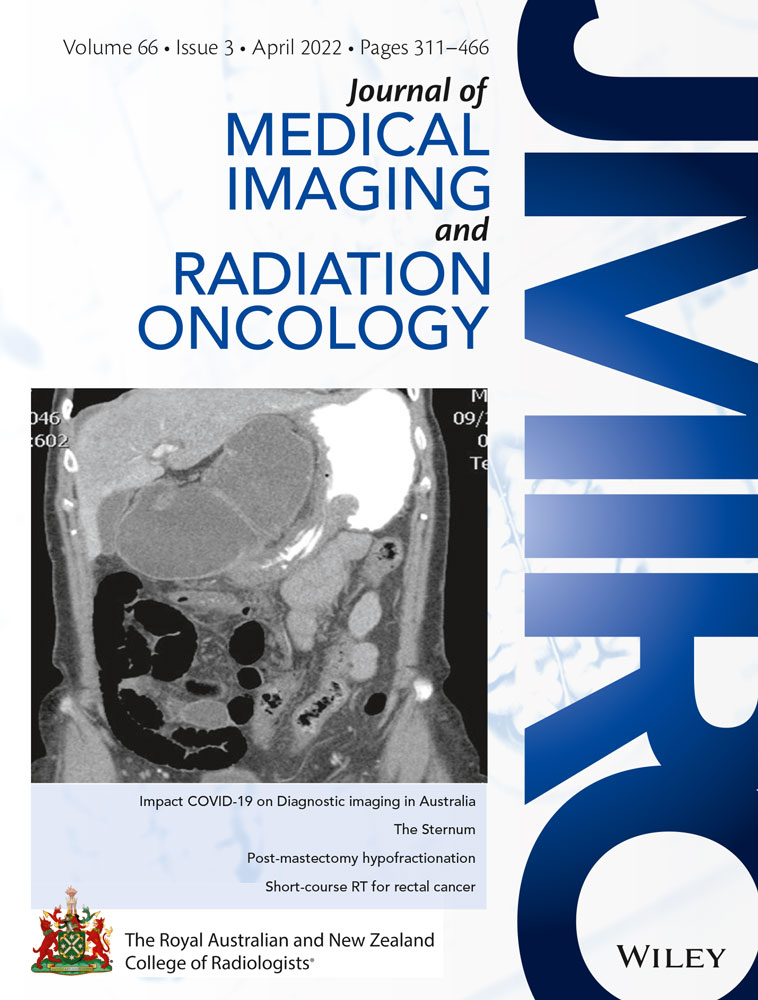Trends in the use of short-course radiation therapy for rectal cancer in New South Wales, Australia
V Batumalai: PhD; J Descallar BSc, MBiosta; K Wong MBBS, PhD, FRANZCR; G Gabriel PhD; GP Delaney MBBS, FRANZCR, MD, PhD; J Shafiq PhD; SK Vinod MBBS, MD, FRANZCR; MB Barton MBBS, MD, FRANZCR.
Conflict of interest: Prof. Michael Barton is Editor-in-Chief of the journal and co-author of this article. Dr Batumalai and Prof Shalini Vinod are Associate Editors of the journal and co-author of this article. They were excluded from the peer-review process and all editorial decisions related to the acceptance and publication of this article. Peer-review was handled independently by Deputy Editor Prof Belinda Campbell to minimise bias.
Abstract
Introduction
Trends in the use of short-course radiation therapy (RT) for rectal cancer in Australia are unknown. The purpose of this study was to compare short-course RT and long-course chemoradiation (CRT) utilisation in the neoadjuvant treatment of rectal cancer in New South Wales (NSW).
Methods
Patients who received neoadjuvant RT (2009–2014) for rectal cancer were identified from the NSW Central Cancer Registry. Univariate and multivariable analyses were performed to investigate factors associated with receipt of short-course RT.
Results
A total of 1196 (81%) patients received long-course CRT, and 274 (19%) patients received short-course RT. Receipt of short-course RT was associated with older age: 54% in patients ≥80 years, and 11% in patients <50 years (P < 0.0001). Patients with T2 disease (30%) were more likely to receive short-course RT, compared with T3 (19%) or T4 (8%) disease (P = 0.002). Patients with N0 (23%) disease were more likely to be treated with short-course RT, compared with N+ (16%) (P = 0.03). The proportion of short-course RT delivered to patients with Charlson Comorbidity Index (CCI) ≥ 2 (28%) was higher than patients with CCI = 0 (17%) (P = 0.002). There was wide variation in the proportion of short-course RT used across residence local health districts (5–29%) (P < 0.0001).
Conclusion
In rectal cancer patients treated with neoadjuvant RT in NSW, 19% received short-course RT. The use of short-course RT was associated with older age, comorbidities and less advanced disease. Wide variation across NSW was identified and future research investigating factors for the variation will be useful.
Open Research
Data availability statement
Research data are not shared.




